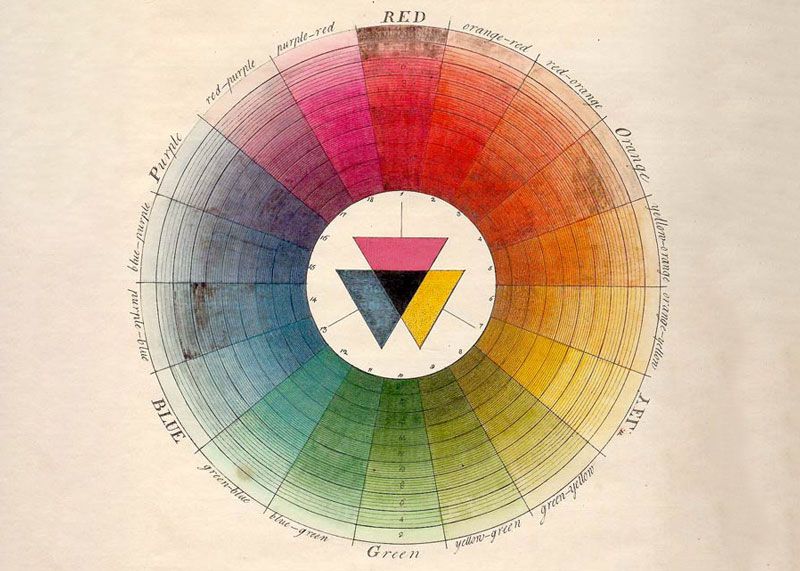
Colorful World Series: Part 1
Color is everywhere. Color affects us whether we know it or not. While outside of us, color subtly influences our mood. For instance, who doesn’t feel better when the sky is blue? How about when the “newness of spring,” (to quote my granddaughter) first flowers pop up? What happens when you travel? Are you moved by the colors of a particular ocean, rock, bird or a certain city at dawn or dusk? Our senses really wake up when we are relaxed.
This blog series shares my exploration into all aspects of color. Of course, I’ll focus on colored stones (and diamonds) and hopefully, give you information to help you enjoy what you own and pay attention to your reactions to color.
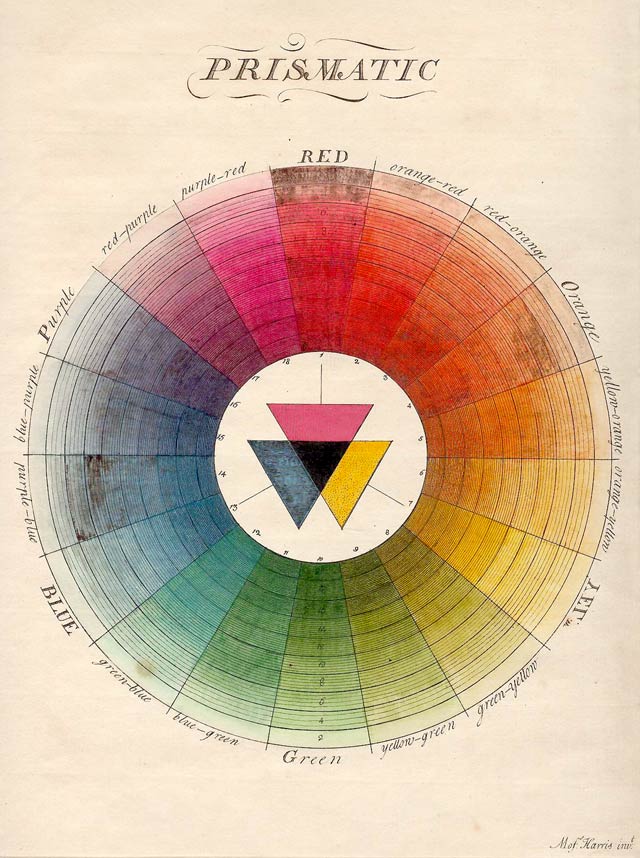
As a starting place, I ask you to consider the color palette and later, the color wheel. Cave painters from 40,000 years ago had a simple palette of local pigments including black from charcoal, brownish-red from clay, and yellows from flowers and rock. Of course, we don’t know whether they had words identifying colors.
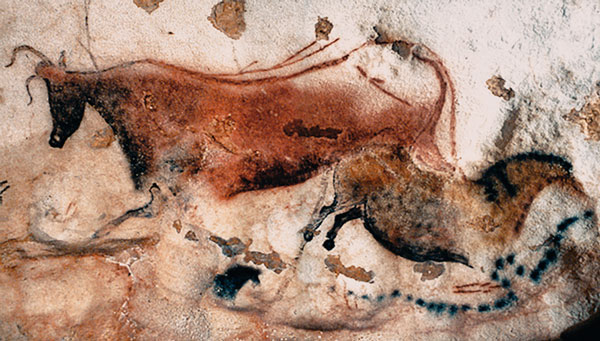
Scrolling forward in history, linguistic evidence suggests that among ancient Egyptians, Akkadians, and Greeks, the word denoting red was closer to the concept of “colorful” than an actual identification of red as a separate unit. (from the article Ancient Color Categories by David Alan Warburton.) The ancients tended to reference color through gemstones. Purple was “amethyst,” Blue was “lapis lazuli,” etc. In his paper, Burton lays out the historical concept of color by tracing the languages of the ancient Akkadians, Egyptians, Sumerians, and Greeks.
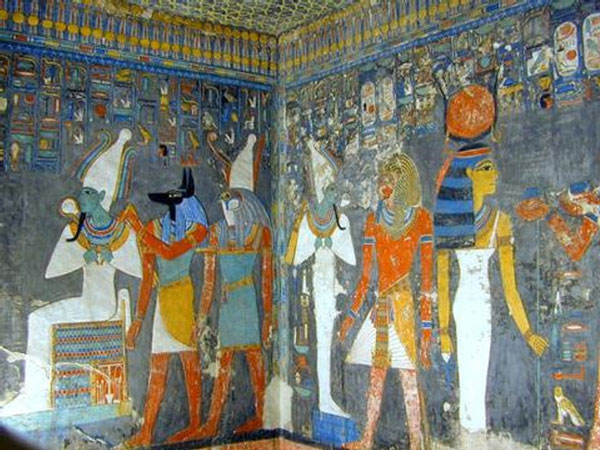
Blue became a beloved color in ancient times when Afghani lapis lazuli was brought to the Middle East, ground into pigment and mixed with oil and resins. This particular blue, later known as ultramarine, was prized by painters in the Italian Renaissance who used it frequently to illustrate clothing and the heavens.
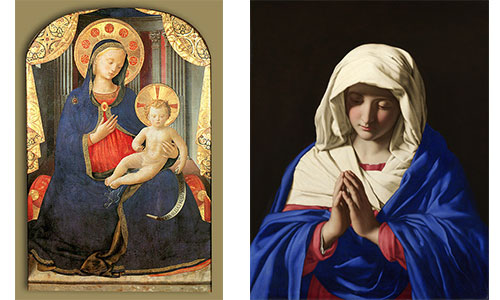
Another interesting factoid about blue—the ancient Hebrews left Egypt around 1124 BCE. According to a chapter in Exodus, they were commanded to build a huge tent (meeting place) and dye the wall fabric a special shade of blue, along with a rose red and gold. The blue, called tekhelet, was said to be the color of sky and water. It may have had a purple cast due to its source: murex trunculus snails, although experiments have shown that if exposed to ultraviolet rays, the purple becomes a lighter sky blue. We might call it cerulean or azure, today.
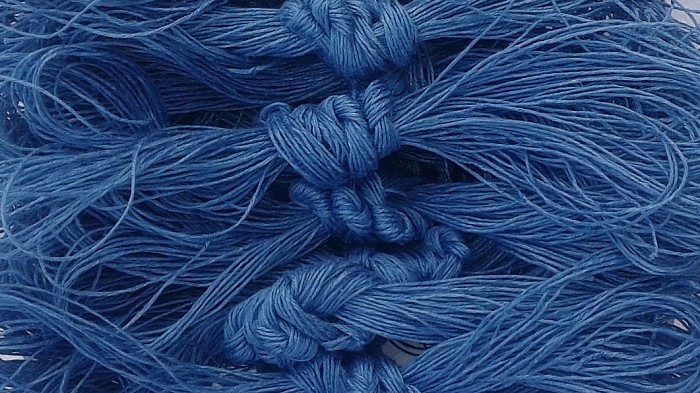
Best wishes from my studio until next time.
Diana
